
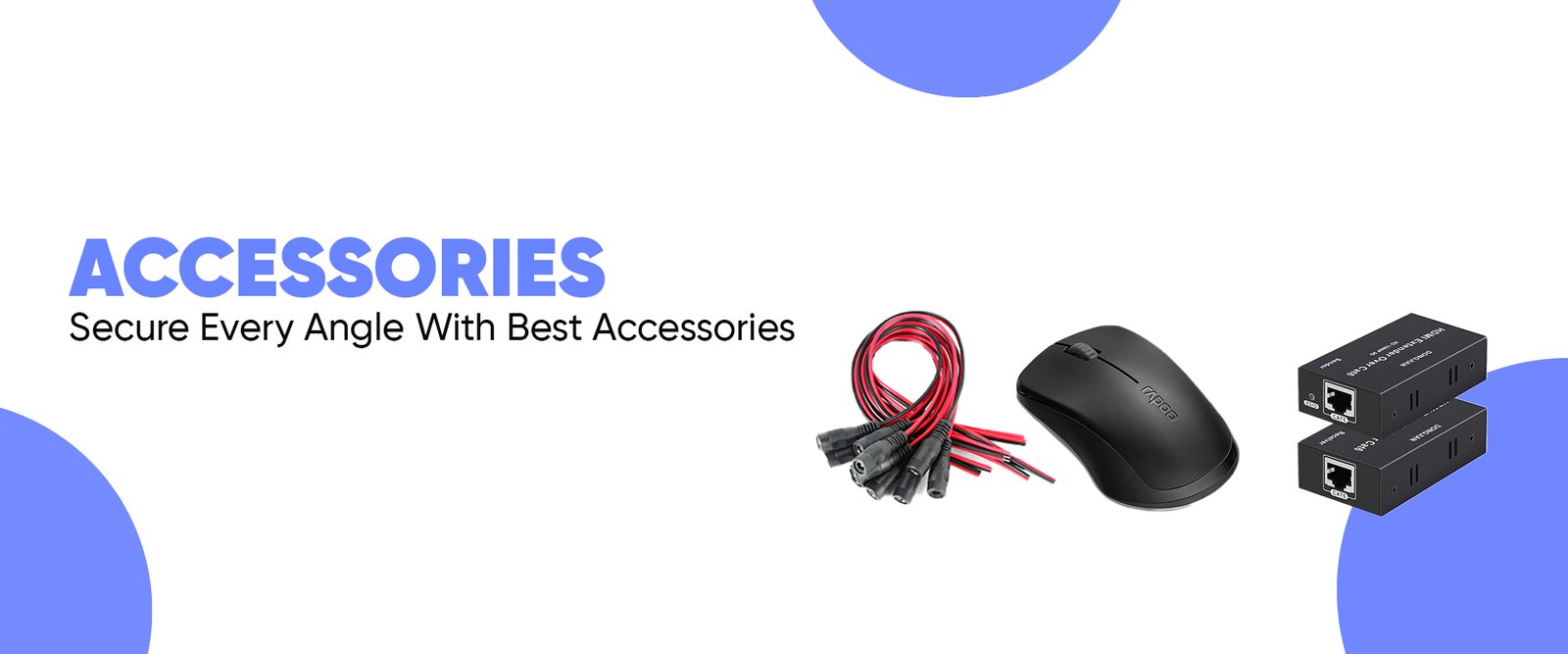
Filter by price
Filter by color
Stock status
Top rated products
-
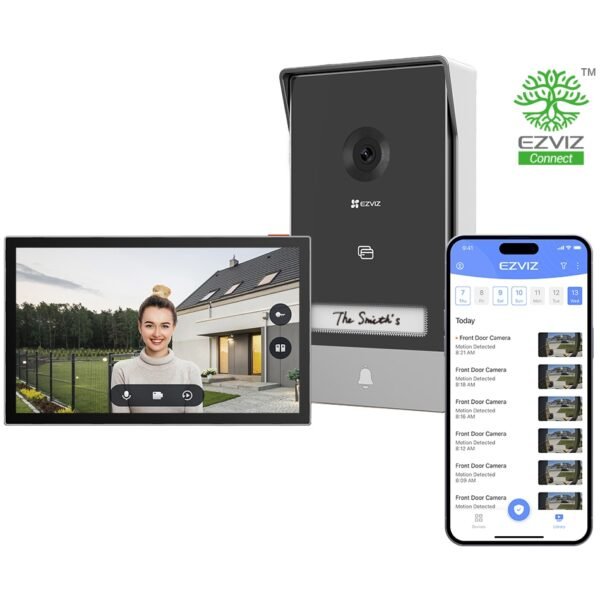 EZVIZ 2K Video Doorbell with Camera, Door Intercom with 7 Inch Colour Touch Screen, Person Detection and Two-Way Audio, Intercom with Door Opener, Supports Dual Band WiFi, HP7
Rated 5.00 out of 5
EZVIZ 2K Video Doorbell with Camera, Door Intercom with 7 Inch Colour Touch Screen, Person Detection and Two-Way Audio, Intercom with Door Opener, Supports Dual Band WiFi, HP7
Rated 5.00 out of 5₨ 50,705Original price was: ₨ 50,705.₨ 41,895Current price is: ₨ 41,895. -
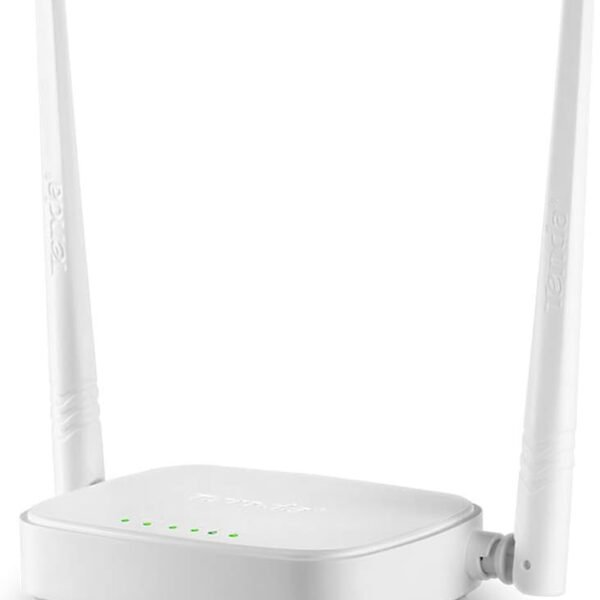 Tenda Wireless WiFi Router (N301)
Rated 4.00 out of 5
Tenda Wireless WiFi Router (N301)
Rated 4.00 out of 5₨ 4,409Original price was: ₨ 4,409.₨ 3,149Current price is: ₨ 3,149. -
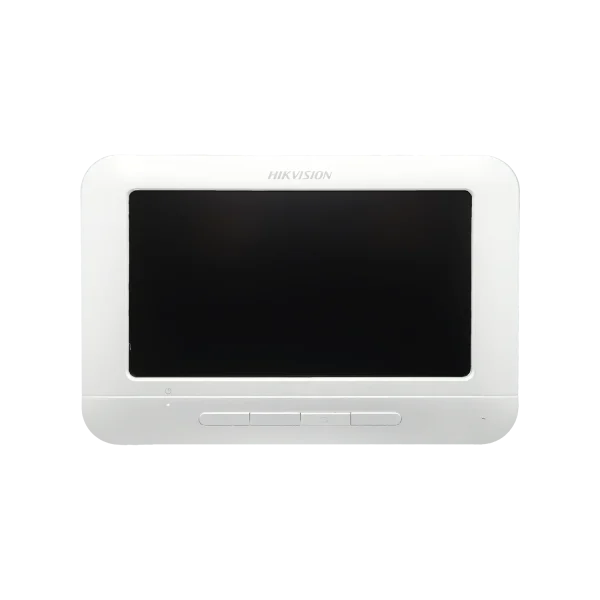 HIKVISION Video Door Phone Bell DS-KIS204T Wired With 200 Picture Capture Storage
HIKVISION Video Door Phone Bell DS-KIS204T Wired With 200 Picture Capture Storage
₨ 22,487Original price was: ₨ 22,487.₨ 19,845Current price is: ₨ 19,845.
-5%
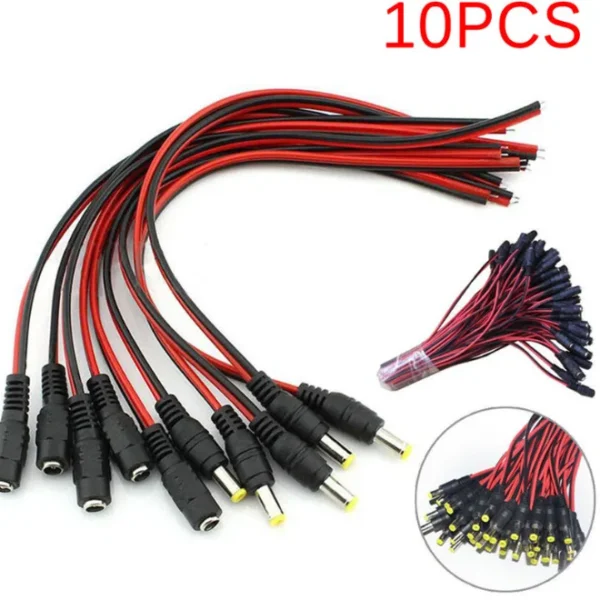
Select options
This product has multiple variants. The options may be chosen on the product page
10pcs/Lot 2.1×5.5 Mm Male Female Plug 12V Dc Power Pigtail Cable Jack for Cctv Camera Connector Tail Extension 12V DC Wire
₨ 570 – ₨ 670High-Quality Cables for Every CCTV and Network Need
For CCTV cameras, coaxial cables (like RG-59 or RG-6) are commonly used for analog systems, while Ethernet cables (like Cat5e or Cat6) are used for IP systems, often with Power over Ethernet (PoE) for simultaneous data and power transmission. Ethernet cables are the standard for networking, with higher categories like Cat6 offering better performance and shielding for demanding bandwidth requirements.
Most of these CCTV camera wiring bridges the gap between CCTV cameras, video converters, and other equipment used with security camera systems!
Different CCTV Cable Types
Read about the different CCTV cable types:
Coaxial Cable
Analog CCTV systems utilize specific types of coaxial cables to transmit video signals effectively. These cables can additionally supply power to the camera, enhancing functionality in particular setups. The frequently used ones include RG-59 and RG-6. Notably, RG-6 has a thicker construction, enabling it to handle longer distances without experiencing significant signal loss, making it a preferred choice in many installations.
Ethernet Cable
Utilized primarily for IP CCTV systems, these cables play a vital role in connecting cameras directly to the network, facilitating seamless video transmission. Additionally, they can supply power to the cameras through Power over Ethernet (PoE) technology. Cat5e and Cat6 cables are commonly chosen, with Cat6 providing superior performance, improved speed, and enhanced shielding capabilities.
Fiber Optic Cable
Most fiber optic cables are best for long-distance, high-definition video transmission. Unlike traditional copper cables, fiber optics have a higher bandwidth capability and are less susceptible to electromagnetic interference. This makes them an excellent choice for various applications, including telecommunications and broadcasting, ensuring precise and reliable signal quality.
HDMI Cable
High-Definition Multimedia Interface (HDMI) cables are not commonly used in the wiring of CCTV cameras, but they play a valuable role in video security systems! They seamlessly transmit video and audio from NVRs or DVRs to monitors for easy remote viewing.
VGA Cable
Like HDMI cables, a Video Graphics Array (VGA) cable is there to help you send video and audio data from a storage or encoding device to a display for remote viewing. While it’s as easy to use as an HDMI cable that just plugs in, VGA cables come with two handy screw pins to help secure the connector in place.
Easy to Use
Most of these CCTV camera cables are super easy to use! Connecting them to your cameras, video converters, and other accessories is a breeze. Setting up your CCTV security system at home or office becomes a hassle-free experience. Just follow the instruction manual to ensure you correctly place the cables into their compatible ports, and you’ll be all set!
Made with High-Quality Materials
These cables are crafted from high-quality materials designed for durability and longevity. They’re rigorously tested under load to perform reliably, even in the most challenging conditions. The companies make extensive efforts to ensure these cables stand the test of time.
If you plan on installing a CCTV camera setup at home and need cables, Orient CCTV has your back. We also offer all types of CCTV accessories online, so you can get your tech delivered straight to your door!








